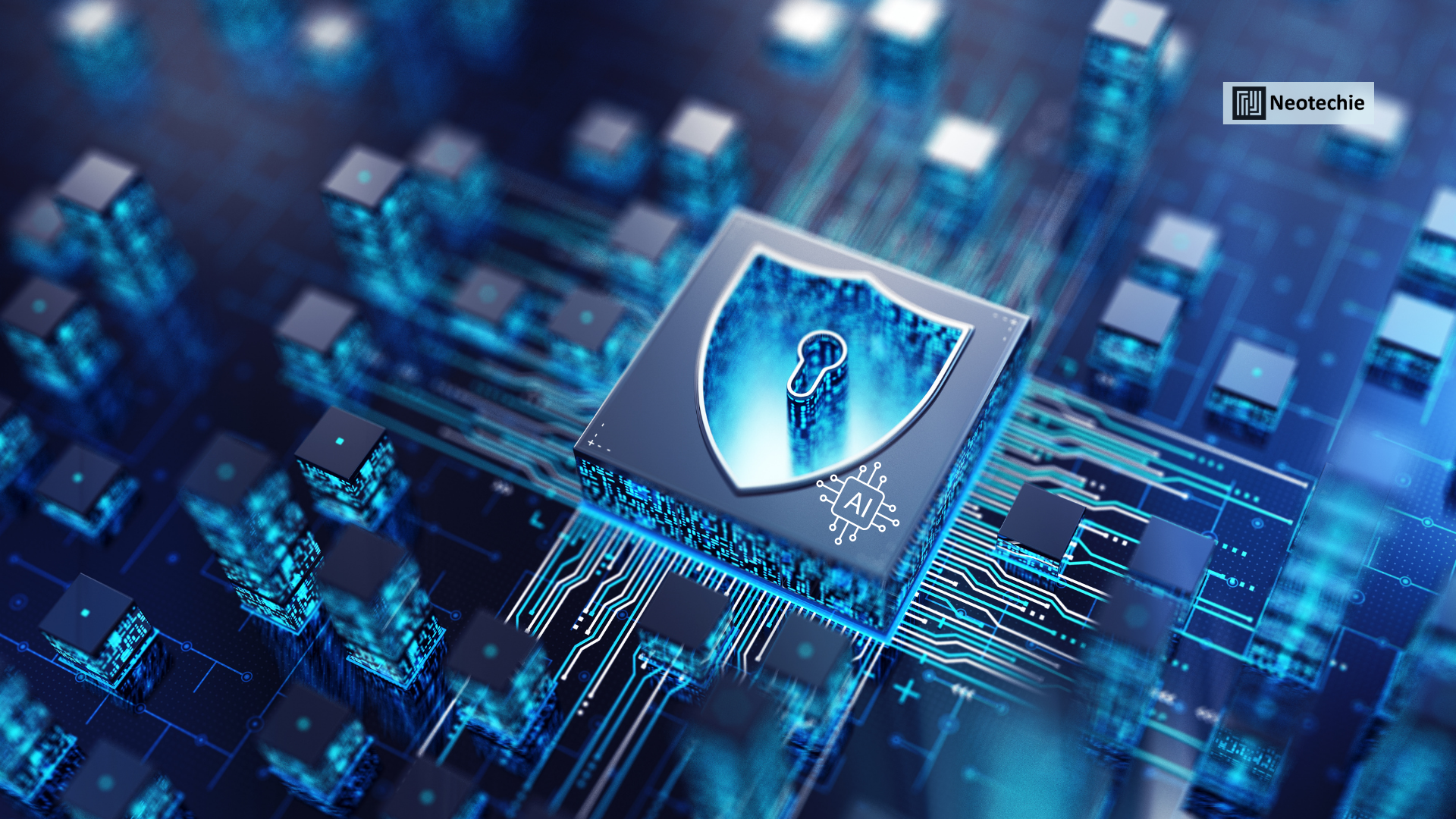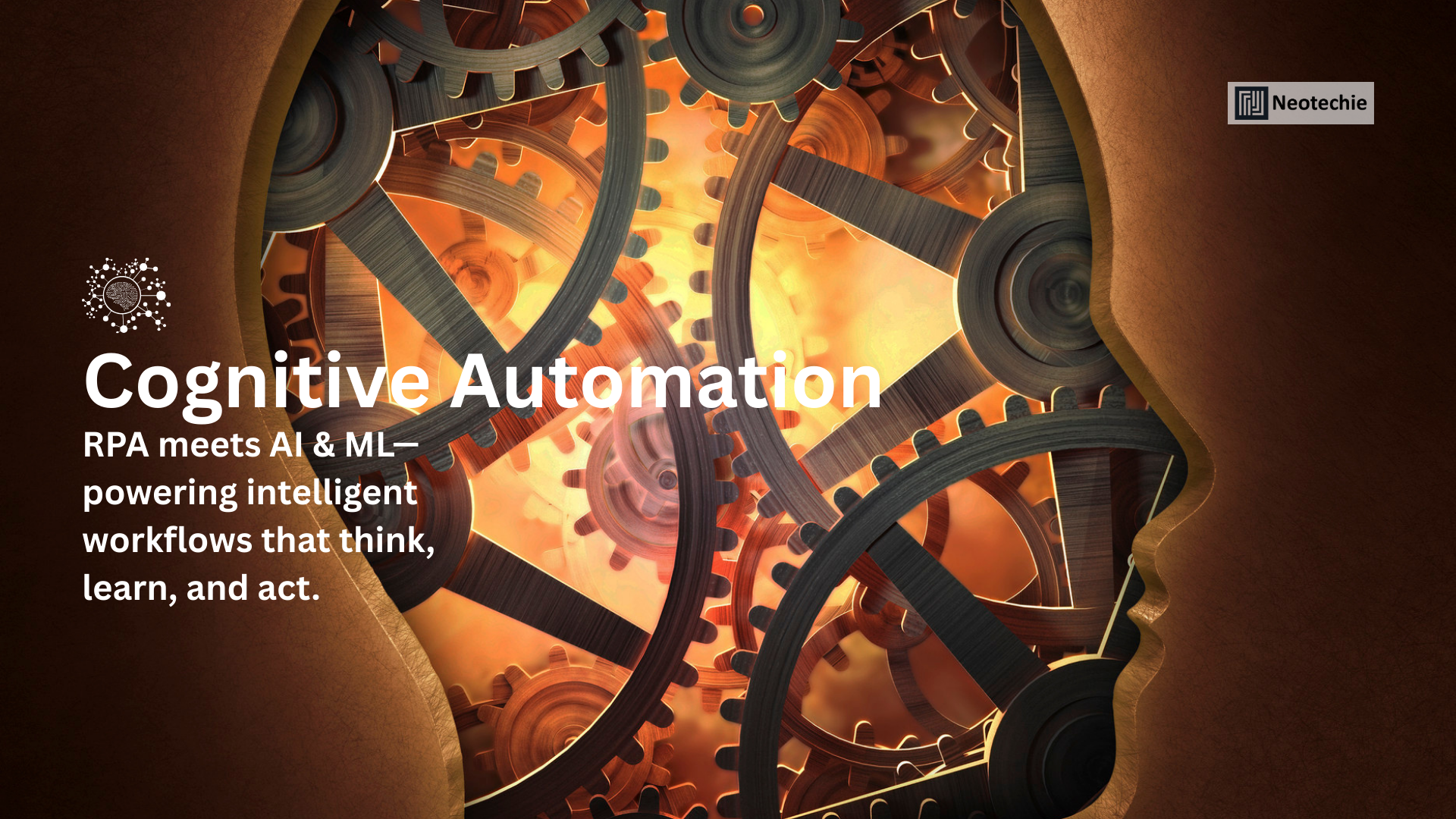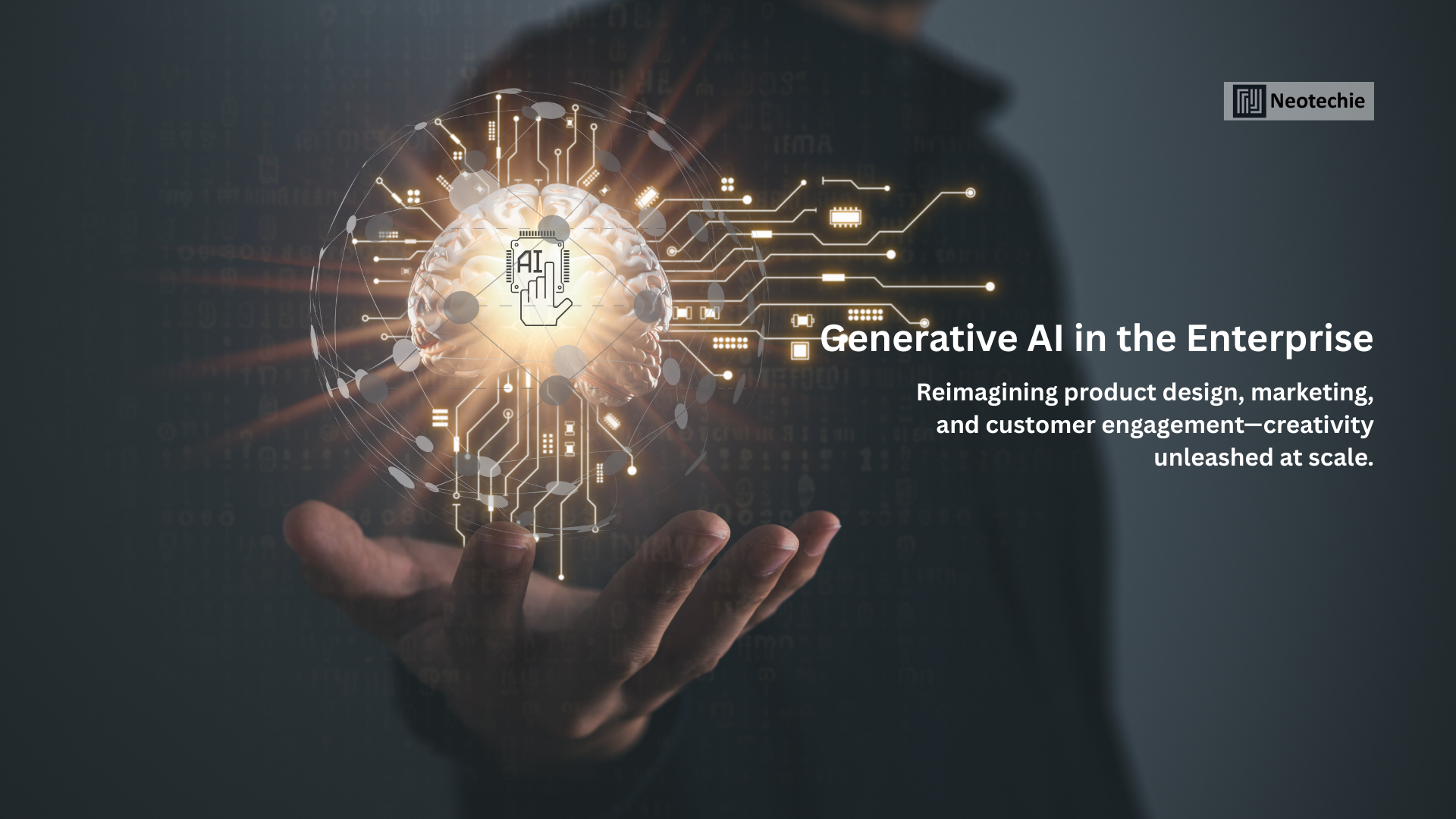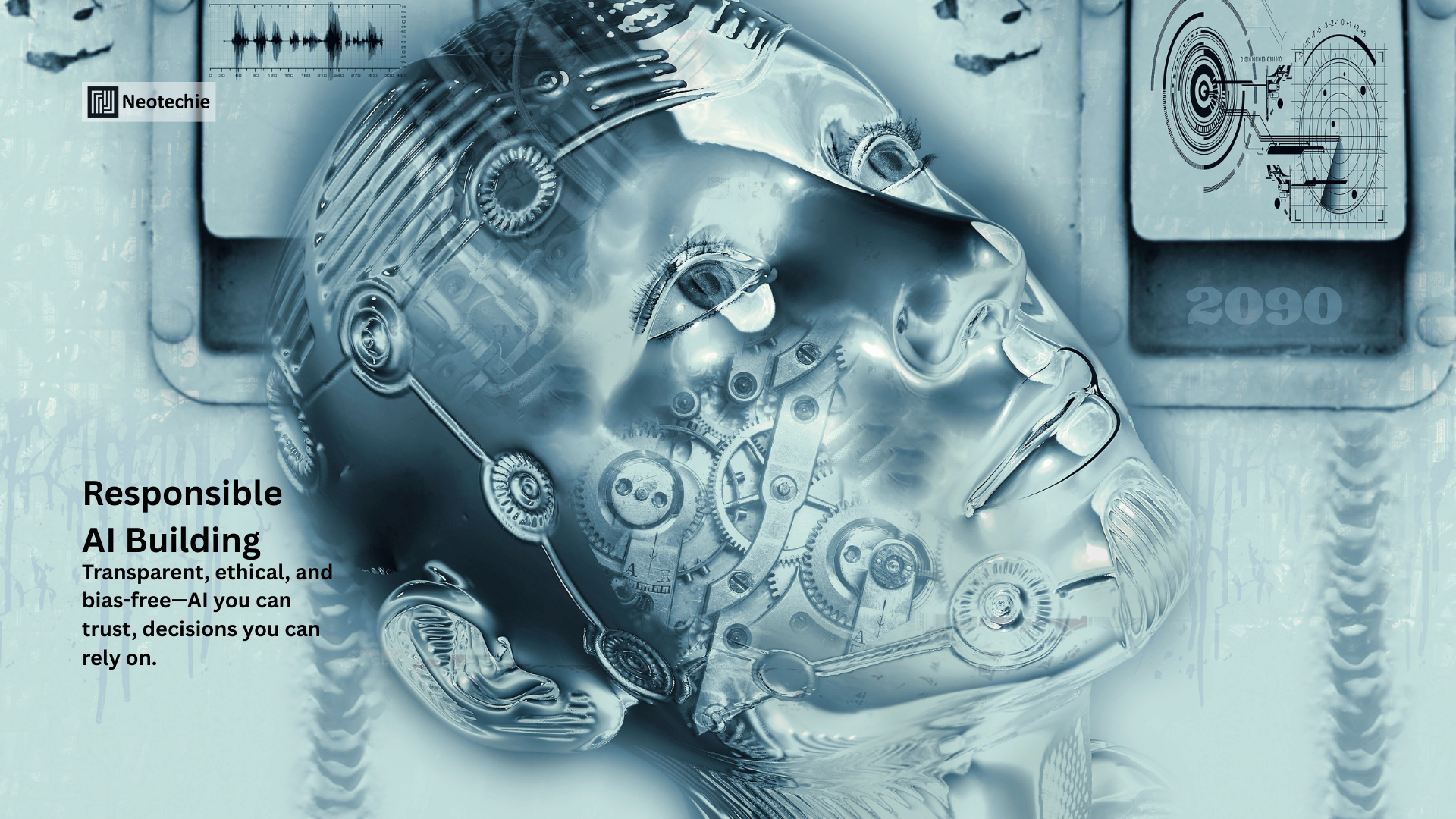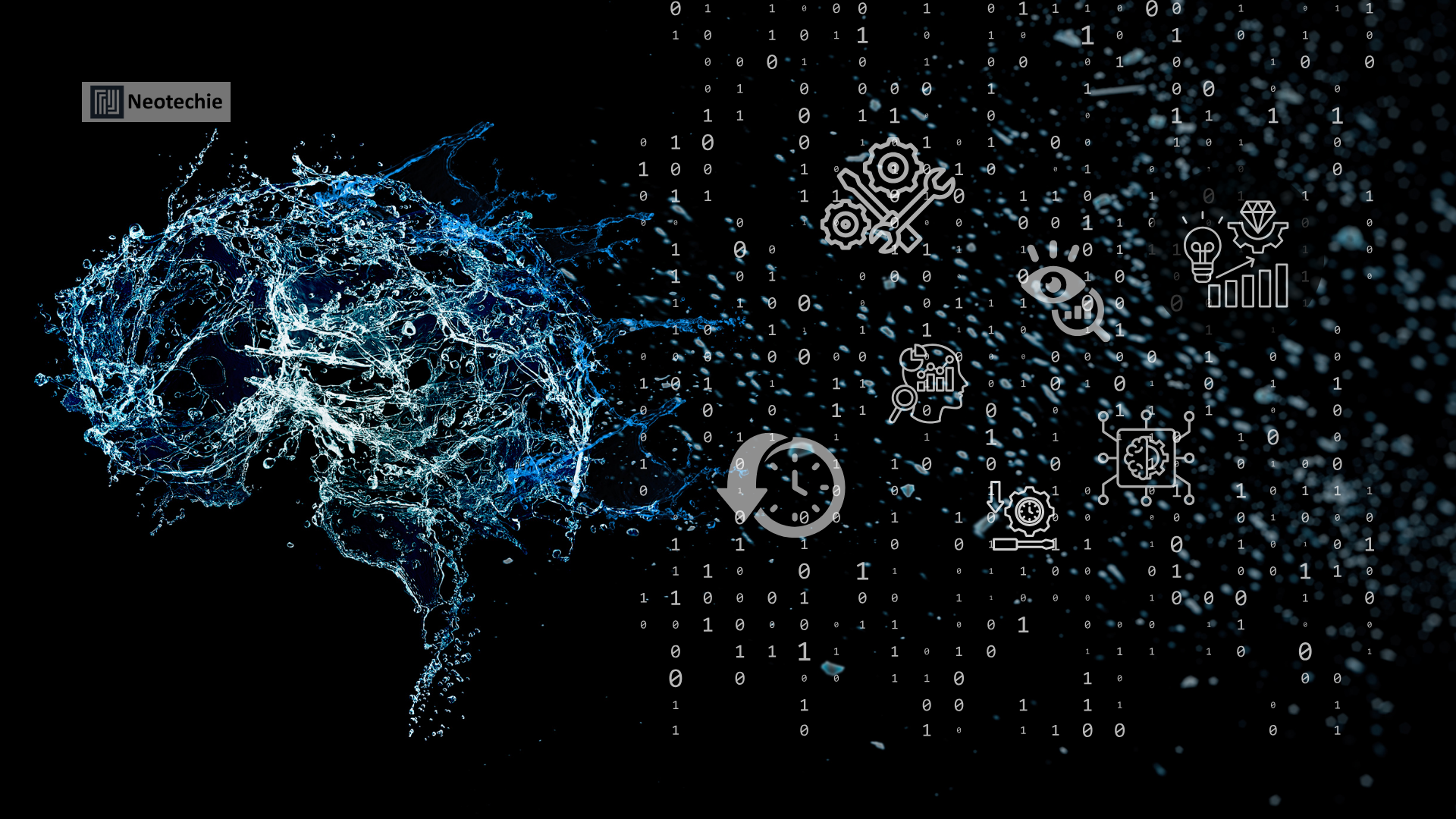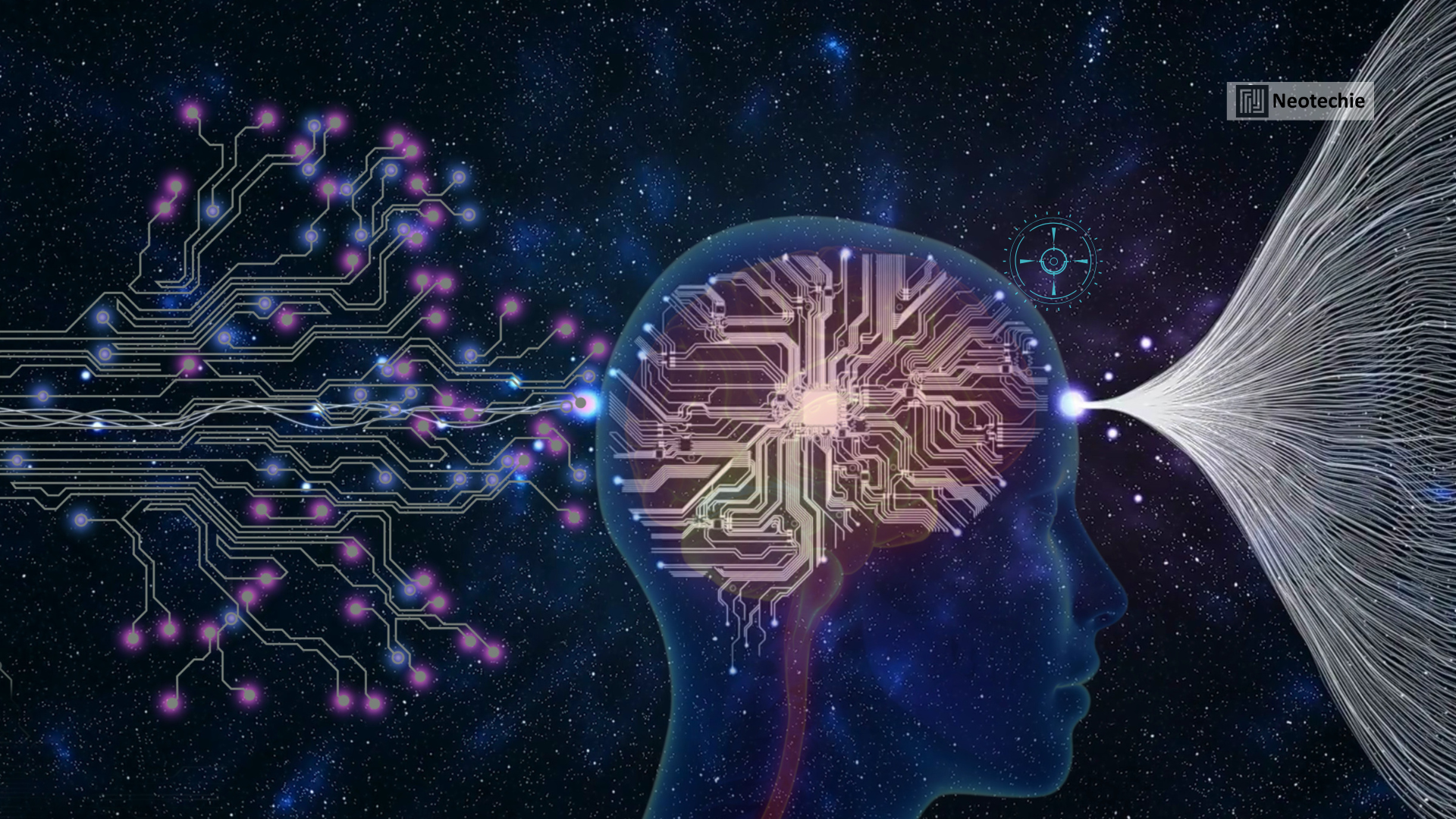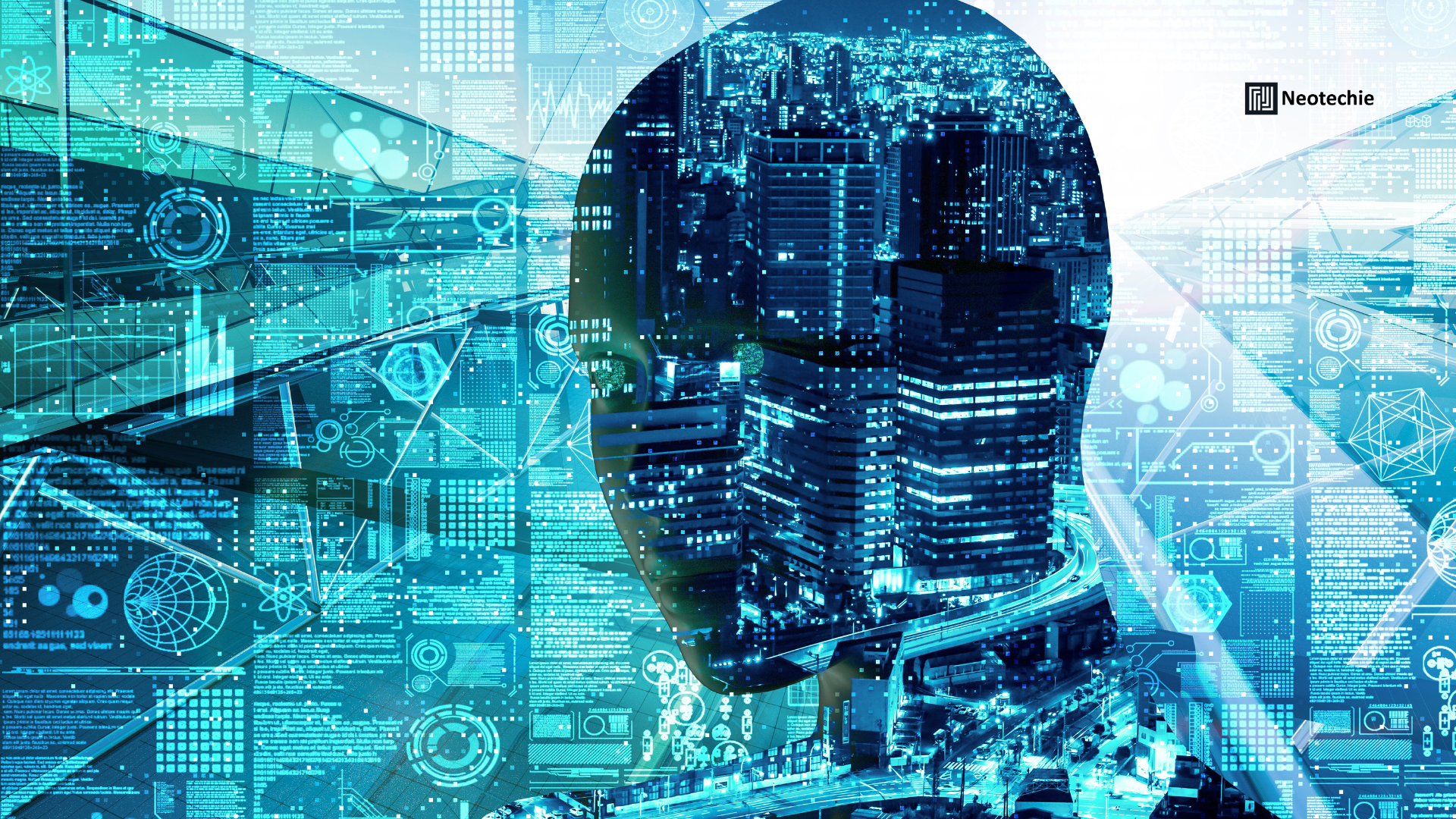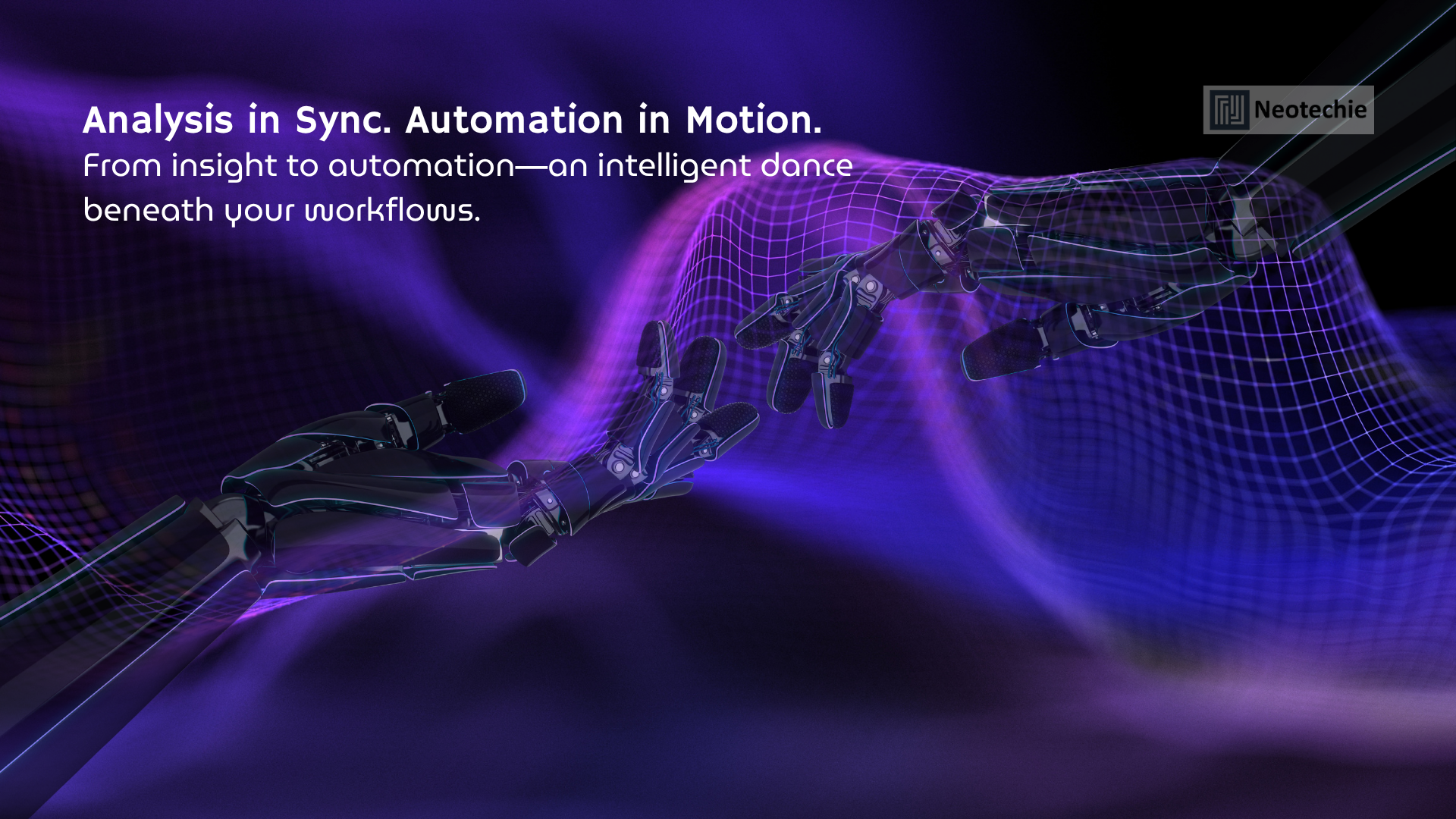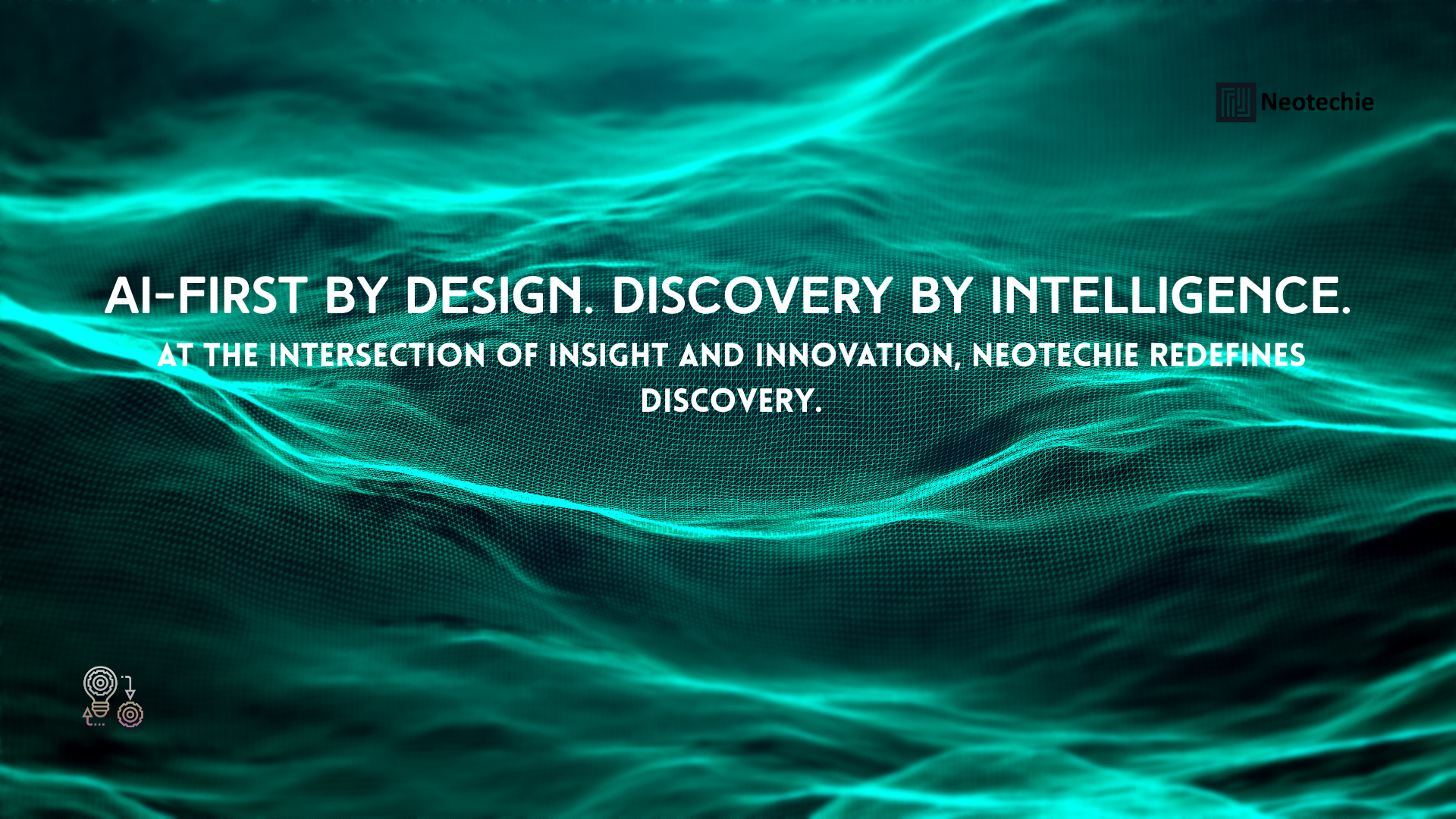Data-to-Insight Acceleration: How AI & ML Transform Raw Enterprise Data into Actionable Intelligence
Introduction
Enterprises generate enormous volumes of raw data daily—from customer interactions and supply chain operations to financial transactions and IoT devices. However, raw data in itself holds little value unless it is refined into actionable insights that guide decision-making. Traditional data analysis methods are often too slow, manual, or limited to keep pace with modern business needs. This is where AI and ML-powered data-to-insight acceleration comes into play.
By automating data processing, enabling predictive analytics, and uncovering hidden patterns, AI and ML allow enterprises to move from data collection to decision execution at unprecedented speed and accuracy.
What is Data-to-Insight Acceleration?
Data-to-insight acceleration is the process of leveraging AI and ML technologies to rapidly convert massive, unstructured, and complex datasets into meaningful, actionable intelligence. Instead of spending weeks cleaning, preparing, and manually analyzing data, enterprises can:
- Automate processing of structured and unstructured data.
- Discover hidden correlations and patterns invisible to human analysts.
- Generate predictive insights to anticipate outcomes and trends.
- Enable real-time decision-making across business functions.
This transformation empowers leaders to shift from hindsight-driven decision-making to foresight-driven strategies.
Why Data-to-Insight Acceleration Matters for Enterprises
- Faster Decision-Making
In competitive markets, speed is a critical differentiator. AI reduces data processing cycles from weeks to minutes, allowing executives to make decisions based on real-time insights. - Improved Accuracy and Reliability
Human-driven analysis often involves sampling and limited datasets. AI and ML models, however, can ingest massive amounts of diverse data and deliver insights with higher accuracy, minimizing human error. - Unlocking Hidden Business Value
Large datasets often contain patterns—such as customer churn signals, inefficiencies in supply chains, or fraud indicators—that traditional analytics overlook. AI uncovers these opportunities, enabling organizations to capture additional value. - Personalized Customer Experiences
ML models analyze customer behavior at scale, allowing enterprises to deliver hyper-personalized recommendations, dynamic pricing, and customized services that increase loyalty and satisfaction. - Future-Proofing with Predictive Analytics
Beyond understanding current trends, AI equips organizations to forecast demand, anticipate risks, and prepare for disruptions. This predictive capability makes enterprises more agile and resilient.
Real-World Applications of AI & ML in Data-to-Insight
- Sales Forecasting: Predict customer demand and optimize inventory planning.
- Customer Analytics: Segment audiences, analyze buying behaviors, and personalize marketing campaigns.
- Financial Intelligence: Detect anomalies in transactions to prevent fraud and ensure compliance.
- Operational Efficiency: Identify inefficiencies in supply chains, workforce allocation, or production systems.
- Healthcare Analytics: Use ML to predict disease outbreaks, optimize treatments, and improve patient care.
Challenges in Data-to-Insight Transformation
- Data Silos: Fragmented data across departments slows down insight generation.
- Data Quality Issues: Incomplete, duplicate, or inconsistent data impacts model performance.
- Skill Gaps: Lack of skilled AI/ML talent can hinder adoption.
- Integration with Legacy Systems: Modern AI tools need to work alongside existing IT and ERP systems without disruption.
How Neotechie Helps Enterprises Accelerate Data-to-Insight
At Neotechie, we specialize in helping organizations harness the full potential of AI and ML for data-driven transformation. Our services include:
- Data Strategy & Readiness Assessment
We analyze your existing data landscape, identify gaps, and design a roadmap for successful AI adoption. - AI-Powered Data Processing Pipelines
Neotechie builds scalable pipelines that cleanse, normalize, and prepare structured and unstructured data for analysis. - Custom ML Models for Predictive Intelligence
We develop tailored ML models that generate forecasts, detect anomalies, and deliver actionable intelligence aligned with your business objectives. - Real-Time Analytics Dashboards
Our solutions include intuitive dashboards that provide leaders with real-time insights, enabling faster and more informed decision-making. - Seamless System Integration
We ensure AI-driven analytics integrate seamlessly with existing ERP, CRM, and BI systems for maximum efficiency. - Ongoing Monitoring and Optimization
Neotechie provides continuous support to refine models, ensure data integrity, and improve accuracy as your data ecosystem evolves.
Conclusion
Data-to-insight acceleration powered by AI and ML is no longer optional—it’s a necessity for organizations aiming to thrive in a fast-paced digital economy. By transforming raw enterprise data into predictive, actionable intelligence, businesses gain a significant edge in efficiency, innovation, and customer satisfaction.
With Neotechie as your partner, you can unlock the hidden value in your data, accelerate digital transformation, and build a truly data-driven enterprise.


